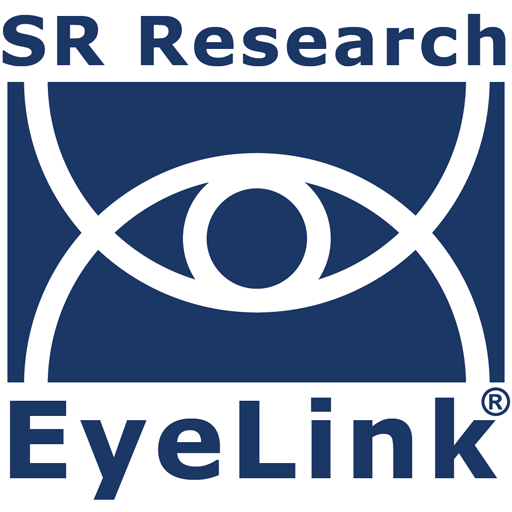
Estimated reading time: 5 minutes
Dyslexia is a neurobiological learning disorder that affects a person’s ability to read. This basic description hides the complexity behind the concept. Not only is its symptomology ever-changing across time and sources, but dyslexia goes by multiple names.
“Dyslexia” Terms and Definitions
Rudolf Berlin first used the term “dyslexia” in the 1880s to describe reading issues, not due to visual impairments. Since that time, substantial academic research has focused on dyslexia with entire journals devoted to the topic. However, to this day, there is no universally accepted definition or description of dyslexia. Two ubiquitous definitions come from the International Dyslexia Association and the American Psychiatric Association. Their underlying common thread is that we are dealing with a neurobiological reading disorder. However, differences arise in the details, including its name.
Dyslexia (International Dyslexia Association)
Recognizing the need for consensus, the International Dyslexia Association created a committee with prominent dyslexia researchers and practitioners to define “dyslexia” in the early 1990s. They published their first definition in 1994 with an update in 2002:
“Dyslexia is a specific learning disability that is neurobiological in origin. It is characterized by difficulties with accurate and/or fluent word recognition and by poor spelling and decoding abilities. These difficulties typically result from a deficit in the phonological component of language that is often unexpected in relation to other cognitive abilities and the provision of effective classroom instruction. Secondary consequences may include problems in reading comprehension and reduced reading experience that can impede growth of vocabulary and background knowledge.”
International Dyslexia Association, 2002
Note, the International Dyslexia Association characterizes individuals with dyslexia as having difficulties in (1) word recognition, (2) spelling, and (3) decoding. They further highlight the fallout from these difficulties including reading comprehension issues and vocabulary growth.
Specific Learning Disorder with Impairment in Reading (American Psychiatric Association)
For the American Psychiatric Association, “dyslexia” per se is not a disorder. In the DSM-5-TR, an American Psychiatric Association manual setting criteria for diagnosing mental disorders, a “reading” difficulty is part of the specific learning disorder and is grouped with learning issues relating to writing (dysgraphia) and math (dyscalculia). The specific learning disorder is considered a neurodevelopmental disorder with a biological origin.
In the DSM-5-TR, there are criteria an individual must meet to have a specific learning disorder, one being difficulty with at least one of the following: word reading, reading comprehension, spelling, writing (grammar, punctuation, or organization), math (number concepts, number facts or calculations), and math reasoning. With a specific learning disorder diagnosis, a clinician must indicate if there is an impairment in reading, written expression, and/or mathematics – each with its own criteria. For example, a “specific learning disorder with impairment in reading” diagnosis necessitates difficulties with:
- word reading accuracy,
- reading rate or fluency,
- and reading comprehension.
There is also a note in the DSM-5-TR connecting a “specific learning disorder with impairment in reading” with “dyslexia”:
Dyslexia is an alternative term used to refer to a pattern of learning difficulties characterized by problems with accurate or fluent word recognition, poor decoding, and poor spelling abilities.
DSM-5-TR
The characteristics highlighted in the note are (1) word recognition, (2) spelling, and (3) decoding which are the defining criteria of dyslexia by the International Dyslexia Association. This note is an acknowledgment that other entities using the term “dyslexia” and American Psychiatric Association are covering the same underlying concept but taking different approaches. On one hand, the International Dyslexia Association includes difficulties associated with reading and spelling as part of dyslexia. In contrast, the American Psychological Association includes only difficulties associated with reading.
Dyslexia Usage
The “dyslexia” terminology is by far the most popular. A rather coarse and dirty measure of prominence in Google Scholar since 2013 (the year the term first appeared in the DSM) shows far more hits with (dyslexia) than (“specific learning disorder” + reading). The difference in popularity is much wider in the general Google search [(dyslexia) vs. (“specific learning disorder” + reading)].
Despite one term being more prominent than another, navigating information on dyslexia can still be tricky. The inconsistency in terminology is evident even within the same institution. For example, The Learning Disabilities Association of Newfoundland and Labrador calls dyslexia a “Specific Learning Disorder with Impairment in Reading.” Meanwhile, its Ontario branch, The Learning Disabilities Association of Ontario, uses “dyslexia”. Further, the inconsistency in definitions is aggravated by the sheer number of definitions. For example, the National Health System in the UK defines dyslexia as problems not only in reading but also in writing and spelling. However, knowing that these differences are inherent in the field is a start to untangling all the information.
Eye Tracking and Dyslexia Research
For those interested in dyslexia research, eye trackers are a fundamental apparatus for understanding what is disrupted or possible treatments. A sub-set of the reading and language publications that use our EyeLink eye trackers focuses on dyslexia research. This is a good starting point to get an idea of the issues within the dyslexia community.
Contact
If you would like us to feature your EyeLink research, have ideas for posts, or have any questions about our hardware and software, please contact us. We are always happy to help. You can call us (+1-613-271-8686) or click the button below to email:

